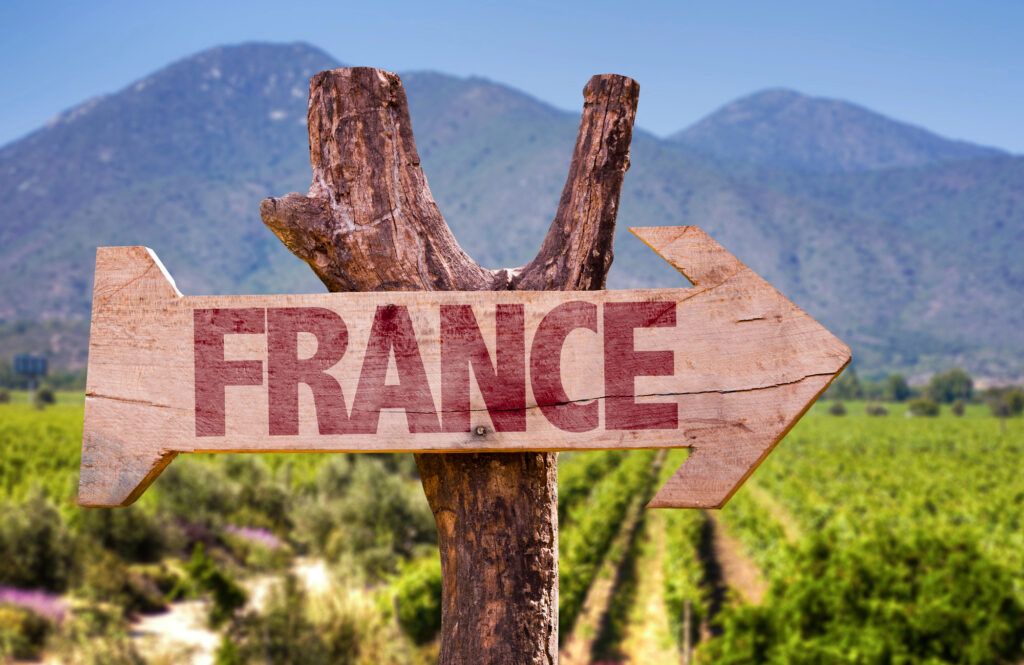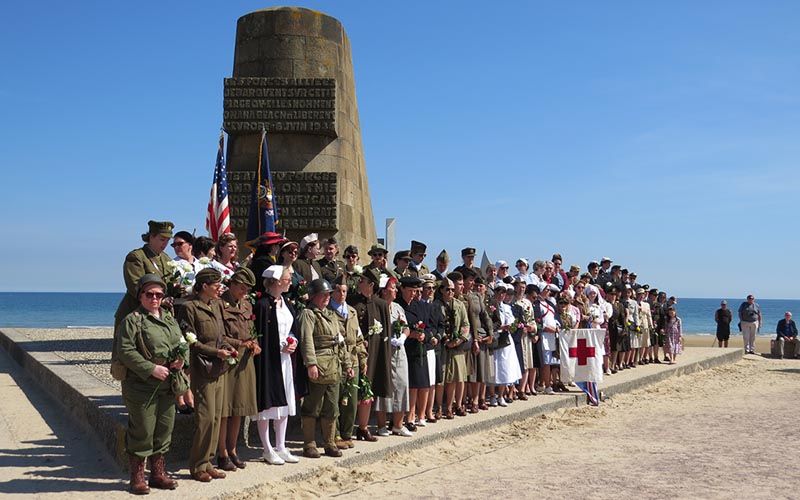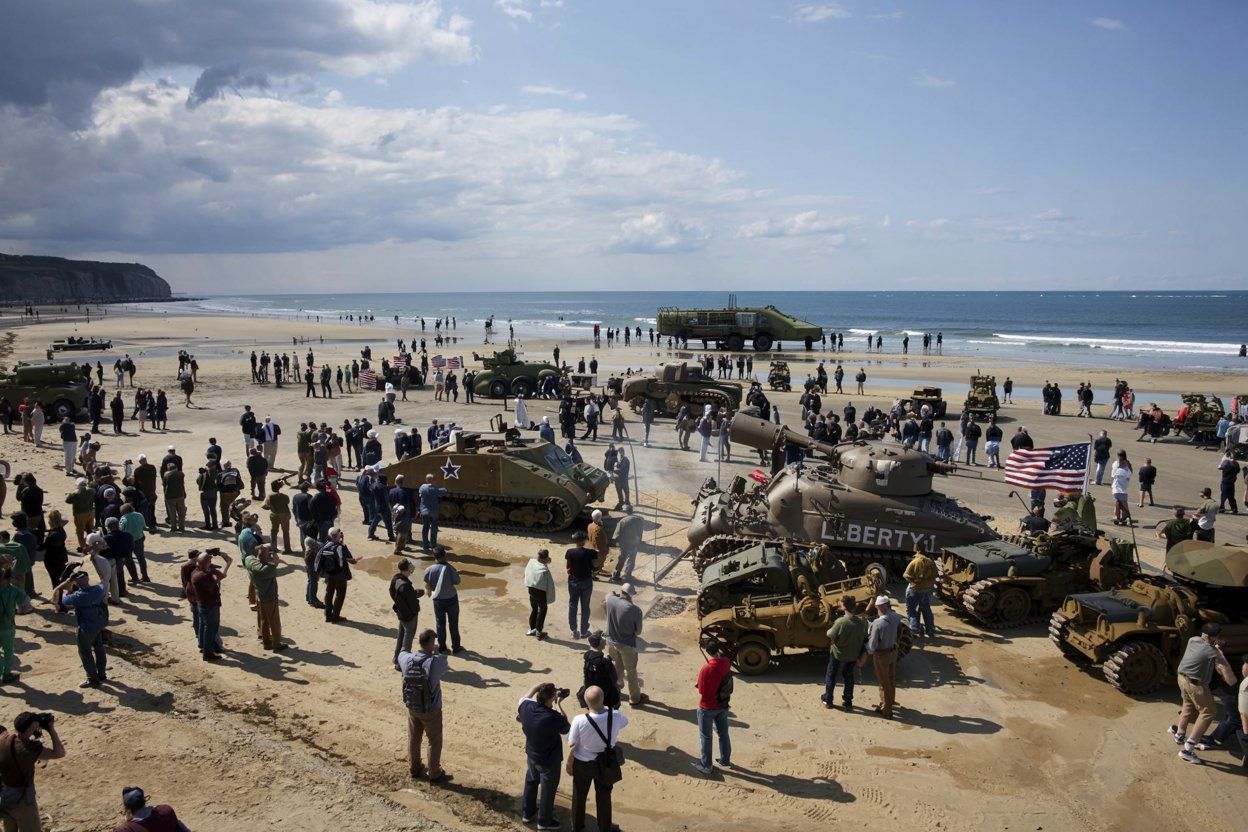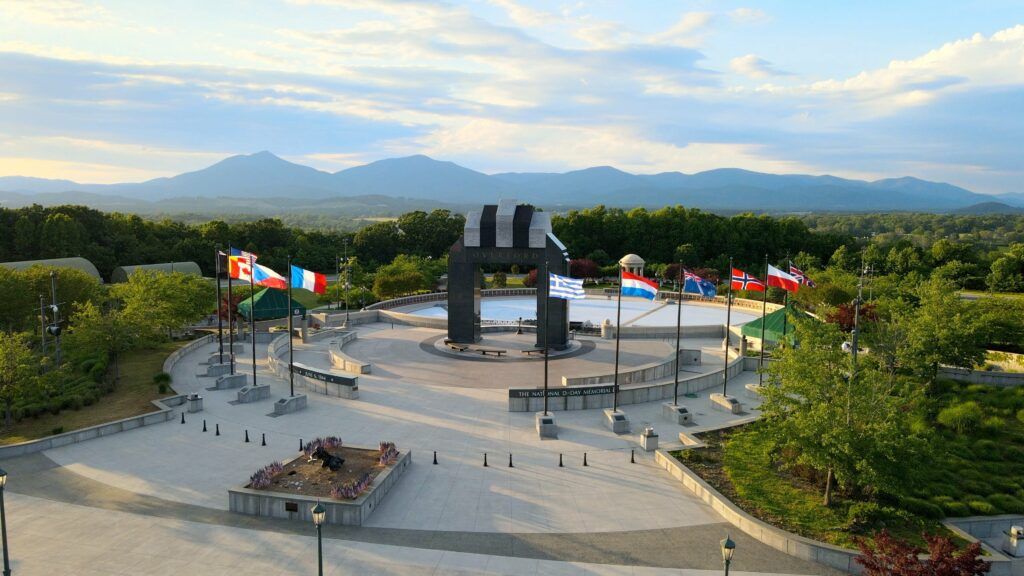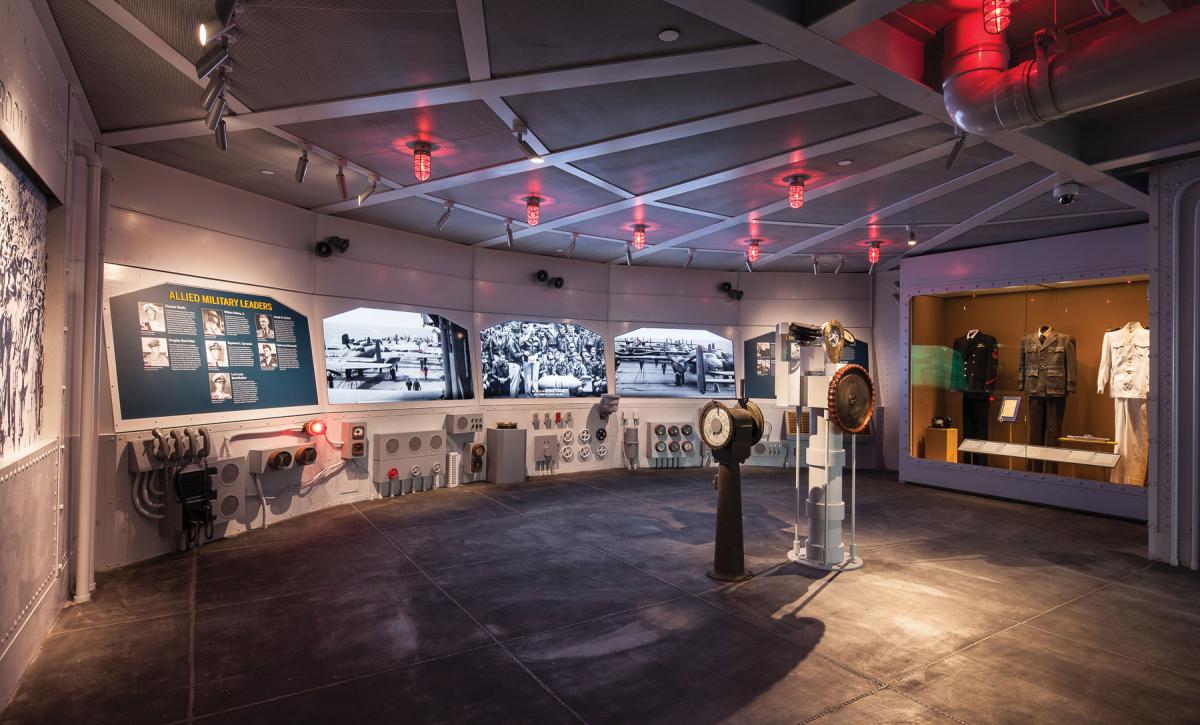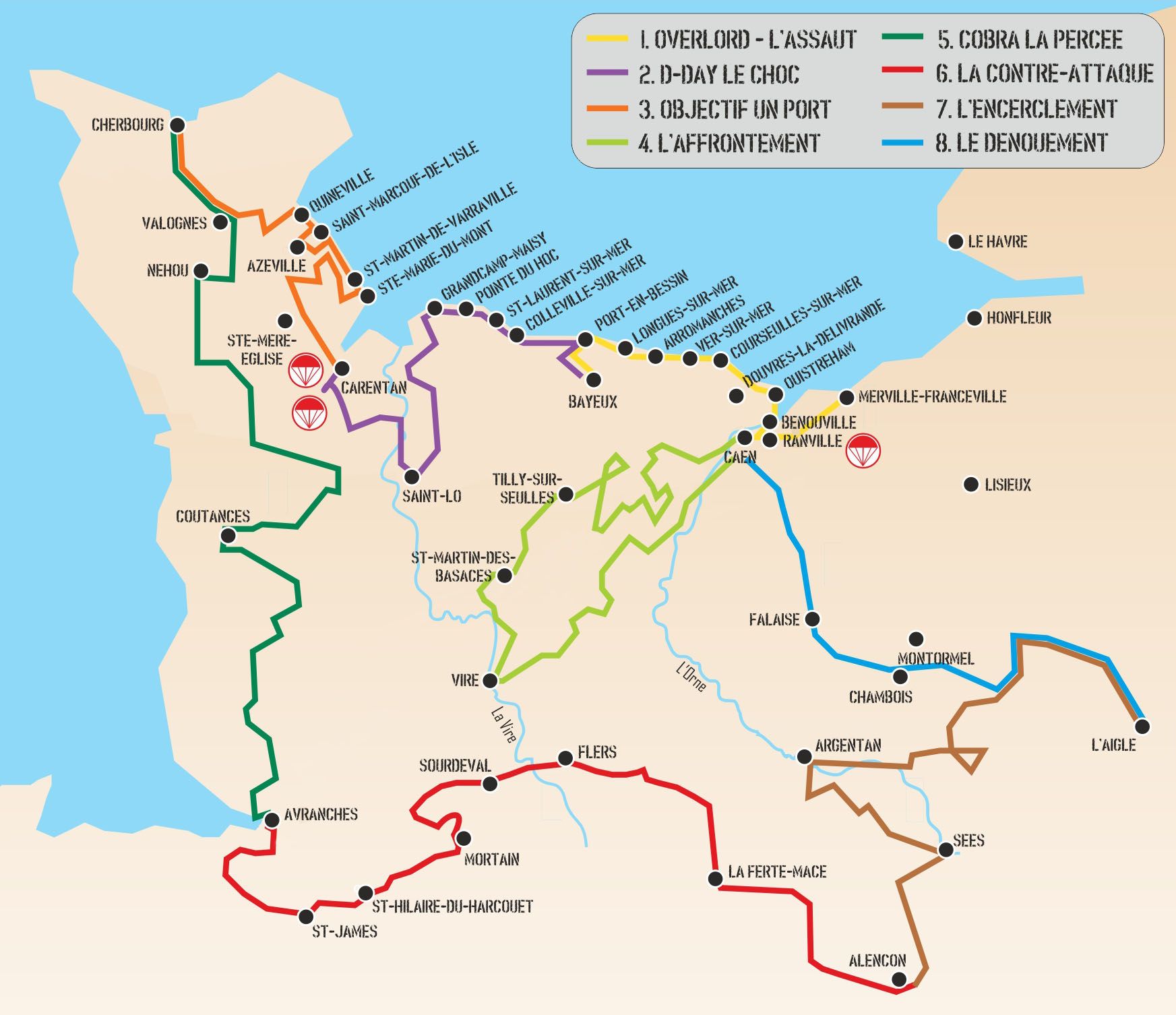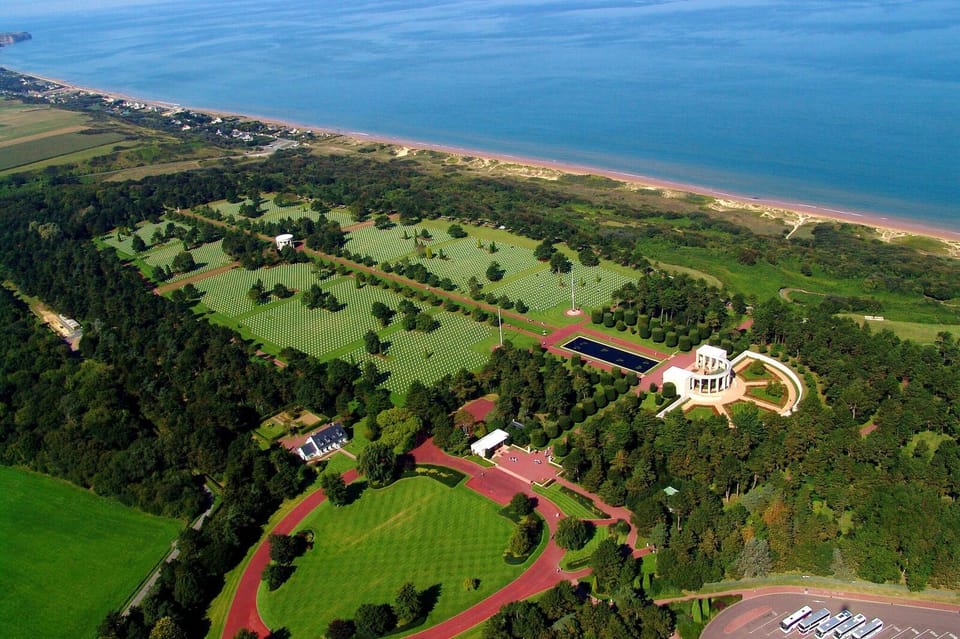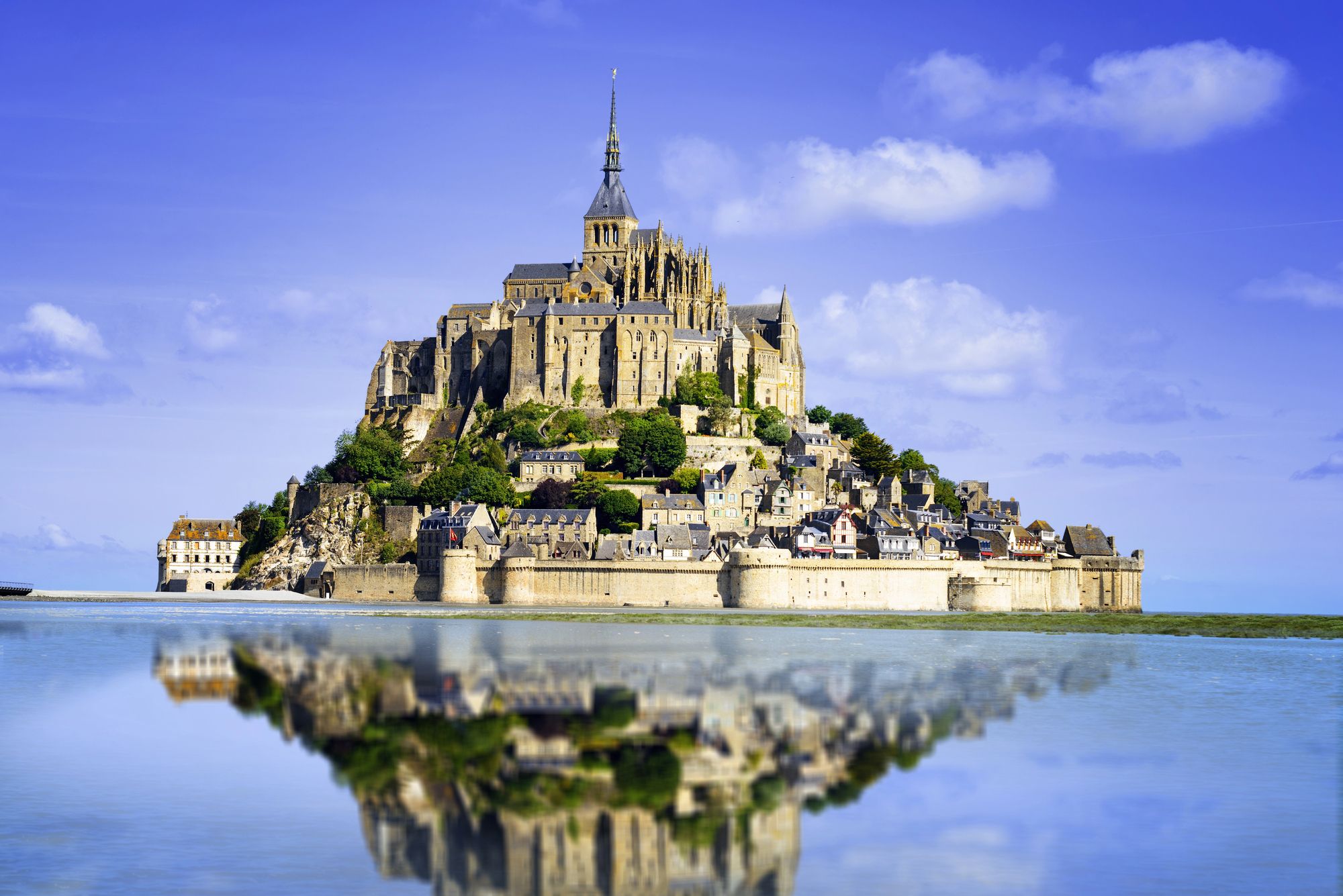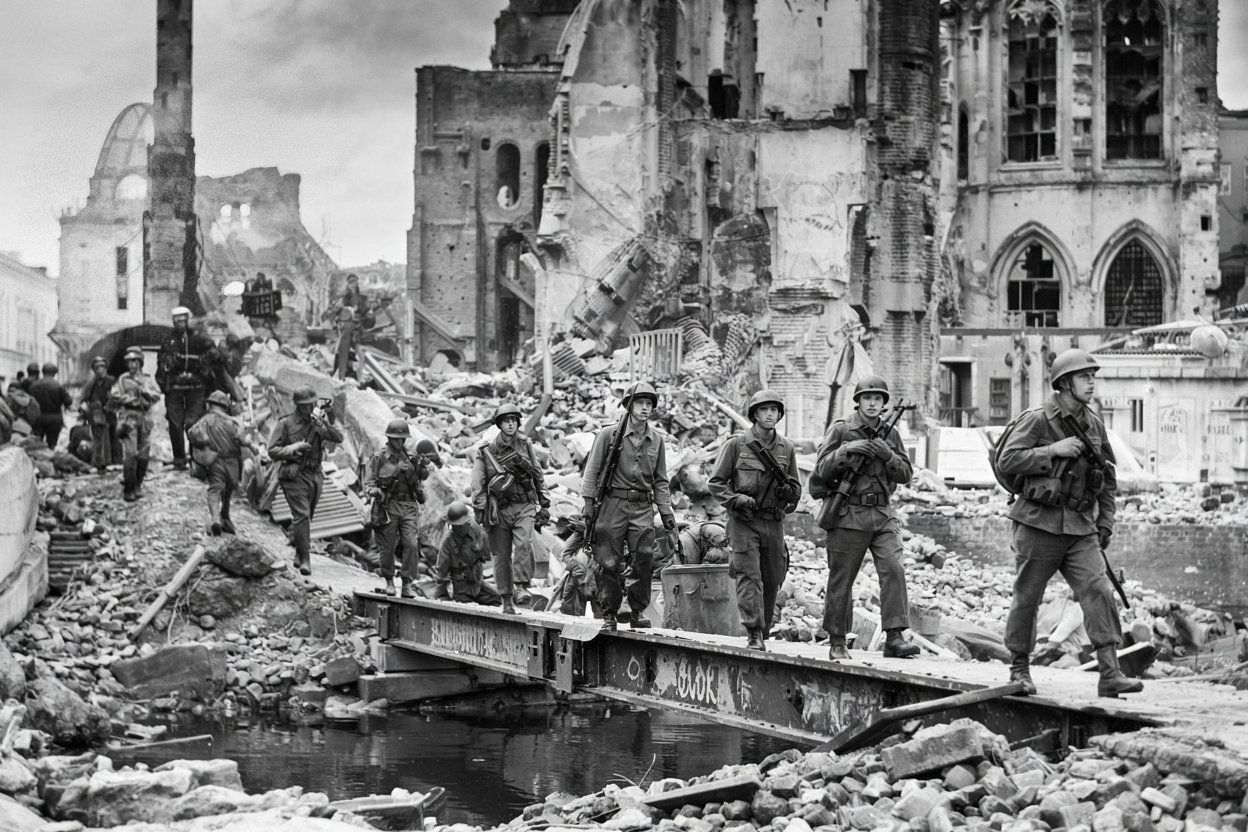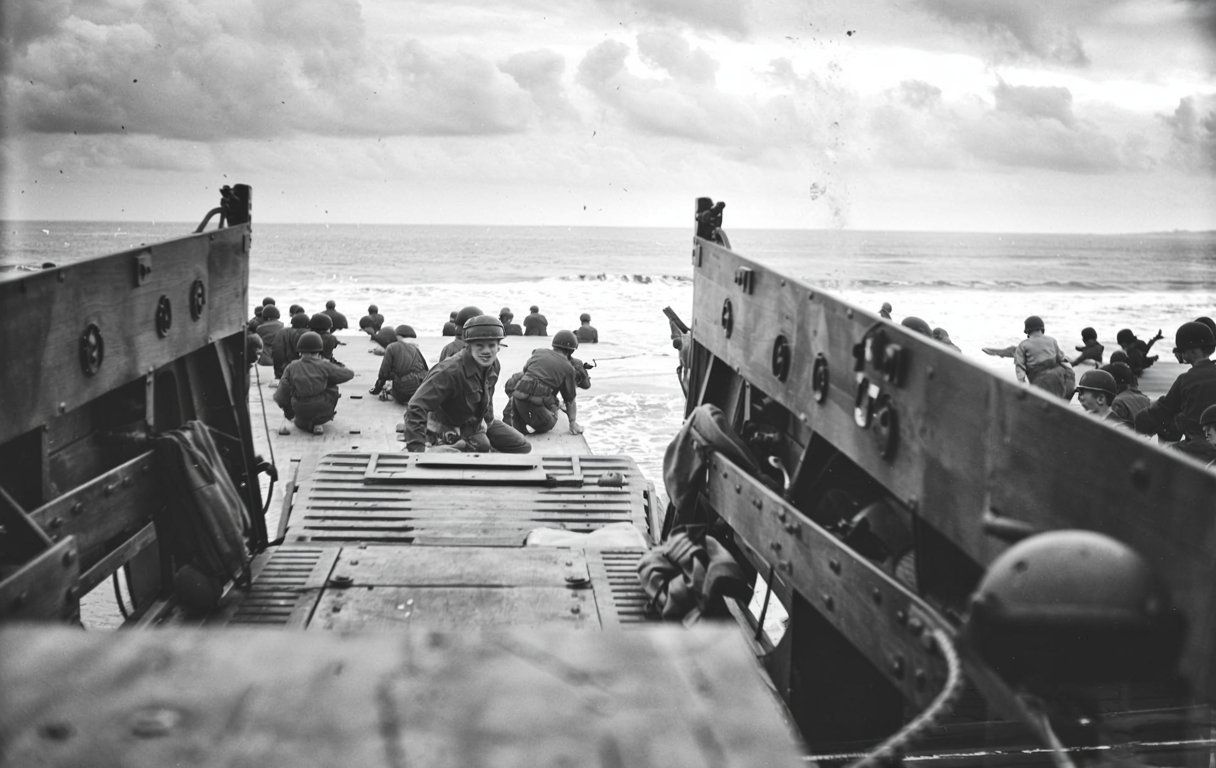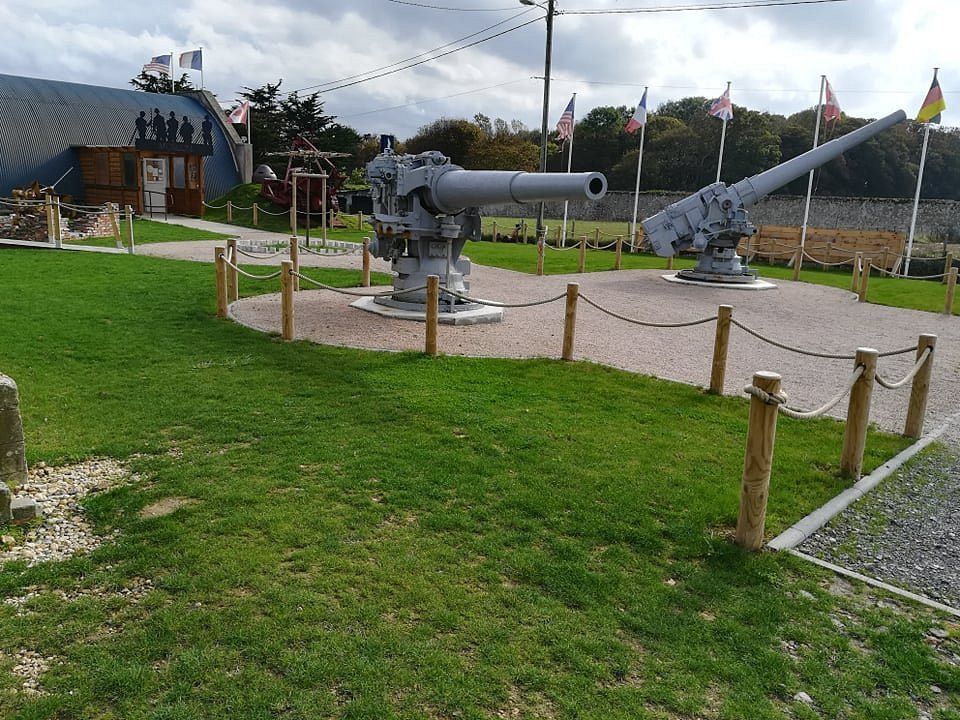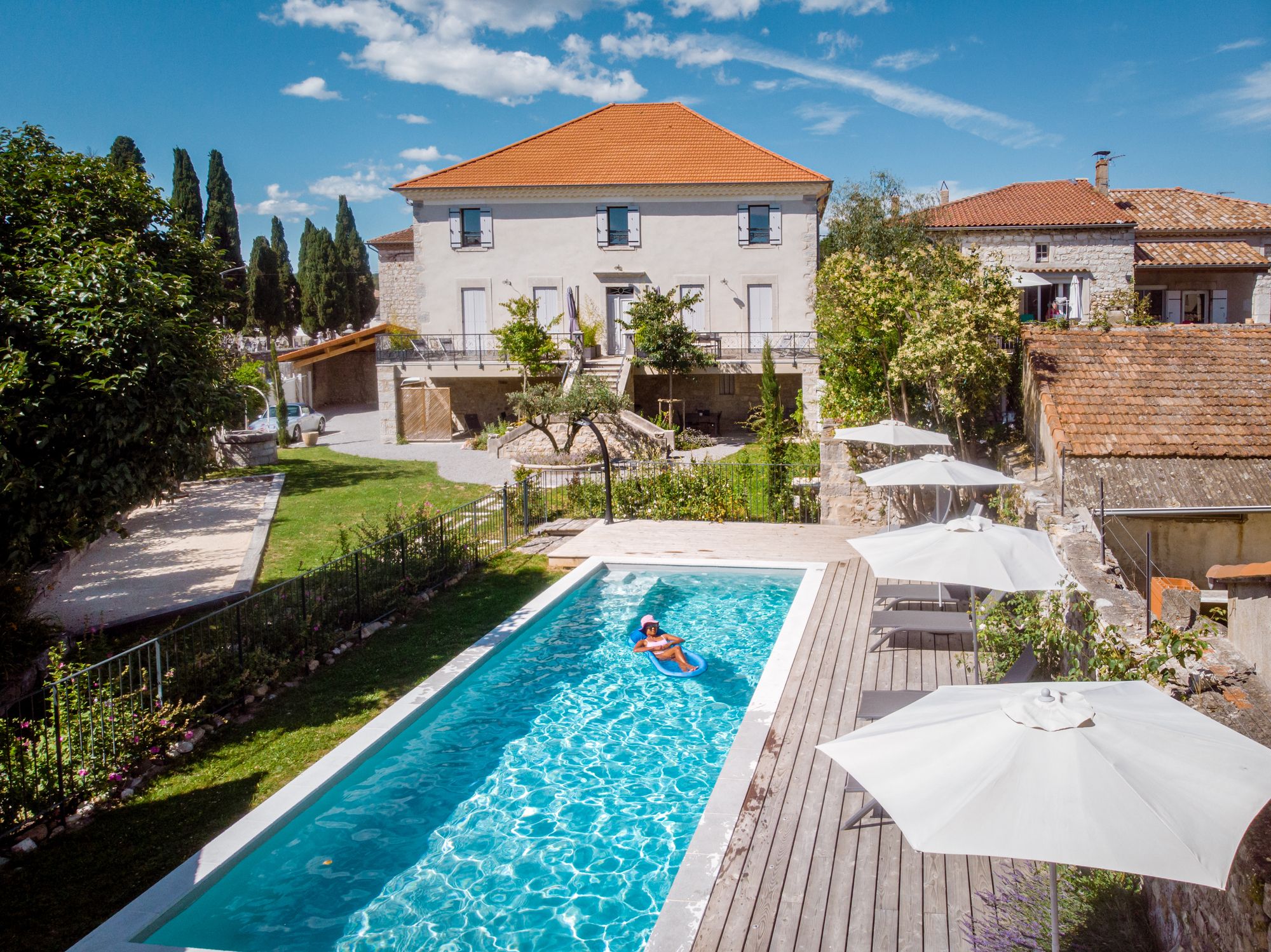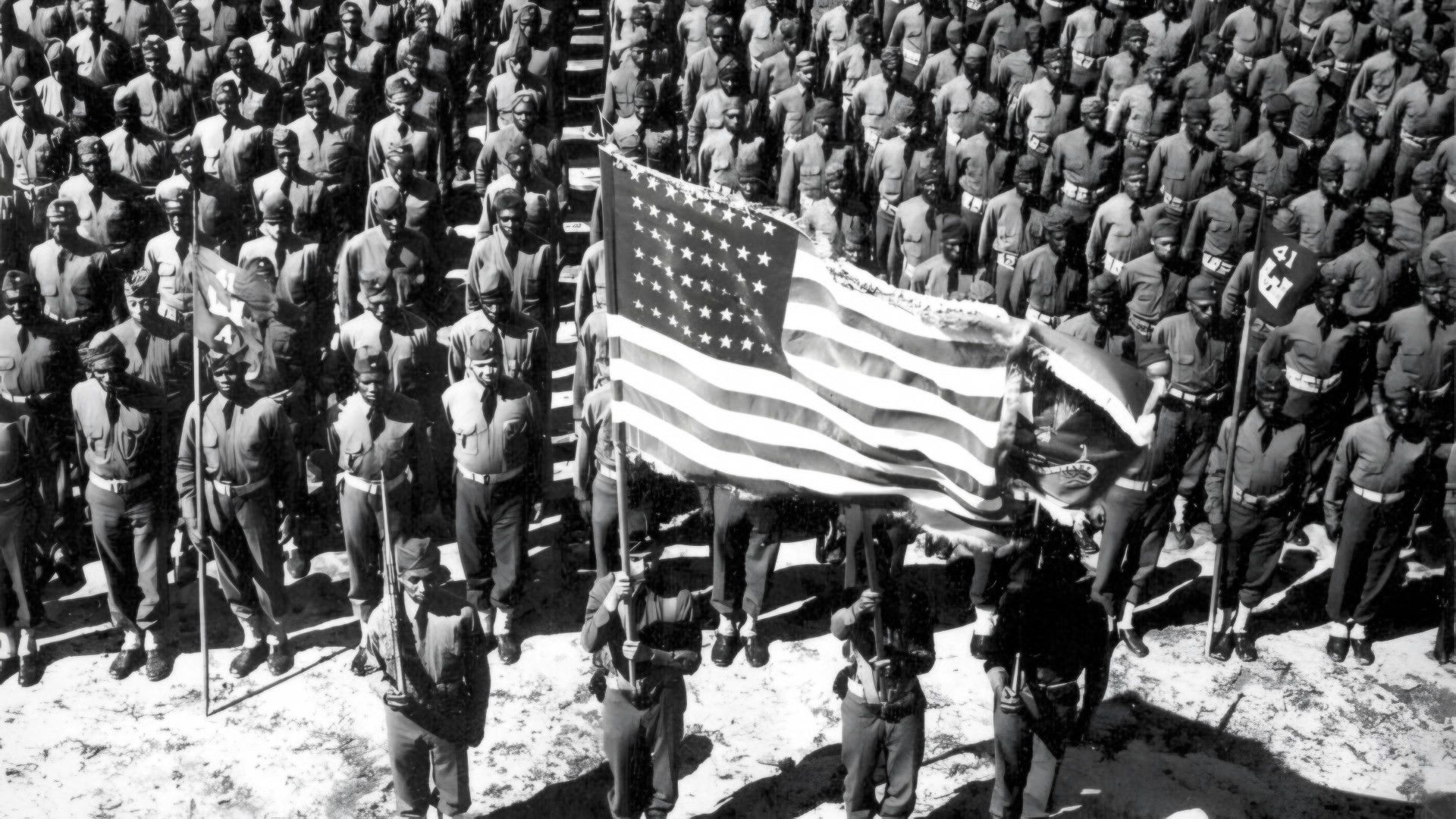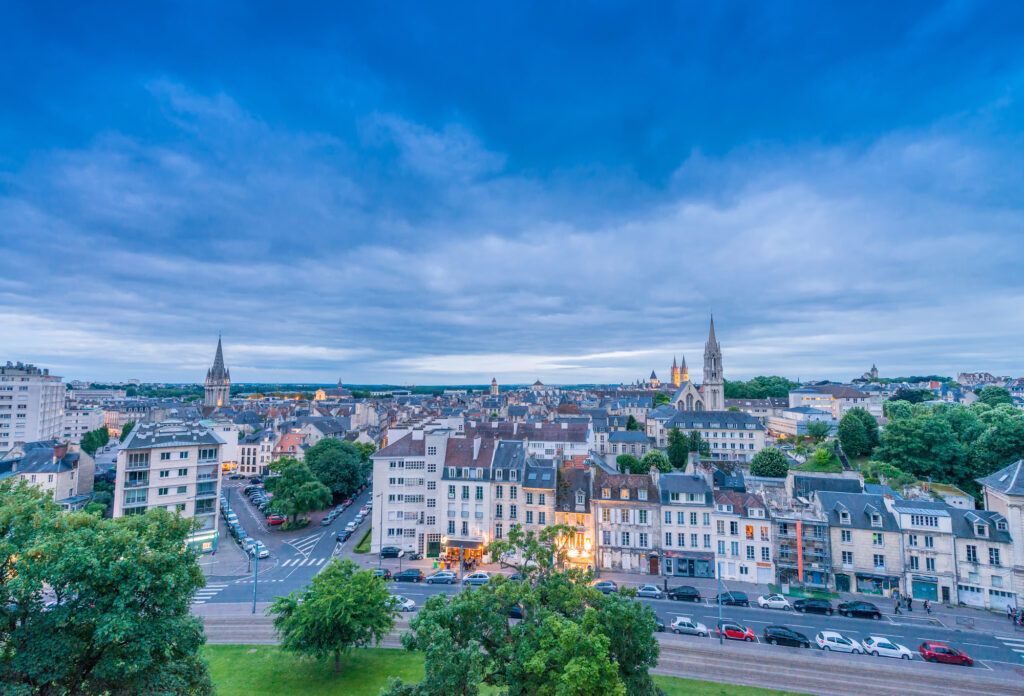Planning a week in Caen? It’s a city where history and daily life blend in ways you can feel just by walking the streets. From medieval abbeys to WWII landmarks, and then right into modern events and festivals—there’s a lot packed into one week. Here’s how to make the most of September 21–27, 2025, without getting stuck in tourist traps or missing the good stuff.
You’ll get a real mix: museums, historic sites, seasonal happenings, and a few surprises that show off Caen’s personality. Each spot adds another layer to the city’s story—sometimes in ways you don’t expect.
1) Visit the Caen Memorial Museum
Start off at the Caen Memorial Museum, probably the city’s most important museum if you’re into 20th-century history. It covers WWII, the D-Day landings, and the Cold War, but keeps things clear and focused so you don’t feel lost in endless detail.
Wander through exhibits with original artifacts, films, and documents—these bring both military and civilian stories to life. You don’t need to be a history buff to get something out of it; the museum’s layout really helps.
Don’t skip General Richter’s underground bunker. It’s included with your ticket and gives you a look at German command operations in Normandy.
Give yourself at least half a day here. If you want more structure, you can book a guided tour of the Caen Memorial or grab a combo ticket that covers D-Day sites too. That way, you can actually see how what’s inside the museum connects to the real world outside.
2) Explore Caen Castle and its Treasury Chamber
Step into Caen Castle—one of Europe’s biggest medieval fortresses, built by William the Conqueror. Its walls and towers still loom over the city center, and you can walk the ramparts for some pretty great views.
Inside the grounds, you’ll find the Museum of Fine Arts and the Normandy Museum. These aren’t just add-ons; they make the castle feel alive and relevant, not just old stone.
The Treasury Chamber stands out. Once used to protect important documents and resources, it’s a reminder that the castle wasn’t just about war. The preserved stonework tells you a lot about how rulers managed things back then.
Some areas are uneven or steep, so wear good shoes and take your time if you need to. All in all, visiting the castle gives you a real sense of medieval Normandy’s power and how Caen became a regional hub.
For more, check things to see and do in Caen.
3) Tour the Abbaye aux Hommes
Step into the Abbaye aux Hommes, one of Caen’s most iconic landmarks and another gift from William the Conqueror. The blend of Romanesque and later architecture makes it a living timeline—each section feels a little different.
Guided tours (in English on weekdays) take you through the cloister, Salle des Gardes, and other historic spaces. It’s a good way to get the details without squinting at plaques (tour schedule).
Prefer to wander? The self-guided route covers a lot, including the Town Hall, which has been part of the abbey since the Revolution (self-guided visit).
During WWII, the abbey sheltered civilians during the Battle of Caen. Walking those halls, you get a sense of both medieval life and the city’s resilience (visitor reviews).
4) Stroll through the Jardin des Plantes botanical garden
Take a breather at the Jardin des Plantes, one of Caen’s oldest public gardens. Dating back to the 1700s, it’s packed with thousands of plant species—local, exotic, you name it. The central location makes it easy to pop in, even on a busy day.
Wander the paths and you’ll find a greenhouse with tropical plants like coffee and banana trees. There’s a medicinal plant section and a rockery that gives you a taste of Normandy’s landscapes. If you’ve got kids, there’s a small play area too.
It’s not huge—about 5,000 square meters—so you can stroll without it eating up your whole afternoon. And it’s free, which is always nice if you want a quiet break from the city’s heavier historic sites.
Art lovers, keep an eye out for seasonal exhibitions. In 2025, young artists from ESAM Caen will display work here. Check the official Caen tourism site for updates.
The garden’s always changing with the seasons, so you’ll see something different if you come back later.
5) Attend the Normandy Beach Race event
If you’re up for a short trip, the Normandy Beach Race in Ouistreham runs September 19–21, 2025. It’s all about pre-1947 cars and motorcycles racing on the sand—something you don’t see every day.
You’ll watch vintage vehicles, mostly American and European, do 200-meter sprints from a standing start. It’s not super competitive—it’s more about the show and the machines. Even if cars aren’t your thing, it’s fun to watch.
Tickets are affordable: €7 for Saturday, €5 for Sunday, and kids under 14 get in free with ID. Expect crowds, though, as it draws people from all over. Details are on the official Normandy Beach Race site.
It gets loud and busy along the beachfront, so if you want a quieter vibe, try going earlier in the day. But honestly, seeing these old vehicles in action by the sea is worth the noise.
6) Discover the Church of St. Pierre
Right in the city center, near Caen Castle, you’ll spot the Church of St. Pierre. Its spire from the 14th century is hard to miss—nearly 260 feet high. Restoration is ongoing, but most of the church is still open to visitors.
Inside, you get a mix of Gothic and Renaissance styles. The choir and stained glass tell stories of Caen’s religious past, and the carved stonework is worth a closer look. Even with scaffolding here and there, the layers of history come through.
WWII left its mark, but careful reconstruction kept the church’s character intact. It’s a working church and a living piece of history.
Since it’s central, you can easily pair a visit with the castle or the Abbaye aux Hommes. If you want the full story, book a Church of St. Pierre tour.
7) Experience the Palma Festival
From September 24–28, 2025, the Palma Festival livens up Caen and Mondeville with concerts, exhibitions, workshops, and guided walks. It’s a big deal for locals and visitors who want something more contemporary.
The festival isn’t in one spot—you’ll need to plan a little to catch events in both cities. There’s a good mix of daytime and evening programming, so you can pick what fits your mood.
You’ll find Palma among the major events in Caen la mer for September. The schedule changes every year, so check the official listings to avoid missing something you’d love.
Unlike the city’s historic sites, Palma is all about modern art and music. It’s a refreshing break if you’ve been deep in Normandy’s past.
Tickets are on sale in advance (Bandsintown), and while some activities are free, concerts usually need a reservation. Get there early if you want a good spot—popular shows fill up fast.
8) Visit the Abbey of Saint-Etienne
The Abbey of Saint-Etienne (also called Abbaye aux Hommes) sits right in Caen’s center. William the Conqueror founded it, and his tomb is inside. It’s a standout example of Romanesque architecture—solid, balanced, and not overly decorated.
Walk the nave and you’ll notice the tall arches and a sense of calm. The design’s simple but impressive.
During WWII, bombing hit Caen hard, but the abbey survived with just minor damage. Locals took shelter here, adding another layer to its history.
You can check out both the church and the peaceful cloister. Entry is free, and guided tours give more context if you’re curious about the details.
Want to prep before visiting? Read up on the Abbey of Saint-Etienne.
9) Enjoy a walking tour of Caen city center
Caen’s historic core is compact, so walking is the best way to see it. Whether you go solo or with a guide, you’ll catch details you’d miss by car or bus.
Kick things off at the Château de Caen. From the walls, you get a great view of the city and the abbeys nearby. The Normandy Museum inside helps connect the dots on the city’s history.
Head over to the Abbaye aux Hommes and Abbaye aux Dames—both are prime examples of Norman Romanesque style and survived the bombings of 1944. Their survival says a lot about Caen’s grit.
If you want stories and context, join a Caen walking tour with a local guide. Tours usually last one to two hours and cover everything from WWII destruction to the city’s rebirth.
Some old town streets are uneven, so wear comfy shoes. But most travelers will find the distances easy to manage.
10) Explore the Normandy Museum
Inside Caen Castle, you’ll find the Normandy Museum. The setting alone adds to the experience—walking through the castle grounds before heading inside makes the exhibits feel more real.
The museum’s collections trace Norman life from prehistoric times to today. There’s a good mix: archaeological finds, medieval artifacts, and everyday objects. It’s not overwhelming, but you’ll walk away with a sense of how the region developed.
Temporary exhibitions often focus on things like urban archaeology or local traditions, so you might catch something unexpected. Weekdays are quieter if you want to avoid crowds.
It’s right in the city center, so you can easily pair it with the castle ramparts or other nearby sites. Tickets are affordable, and the Normandy Museum official page has up-to-date info.
The museum isn’t huge; you’ll probably spend one to two hours here, which leaves plenty of time to explore the rest of Caen.
Essential Travel Tips for Visiting Caen in Late September
Late September in Caen means mild weather, shorter days, and fewer crowds. You’ll want to prepare for changing conditions, figure out how to get around easily, and pick up a few local habits to make things smoother.
What to Pack for the Weather
Caen’s temperatures at the end of September usually start around 11°C (52°F) in the morning and reach up to 18°C (64°F) by the afternoon. It rains pretty often, so honestly, a waterproof jacket is a smarter choice than an umbrella—especially if you’re wandering around castle ramparts or those open-air markets.
Layer up. Bring a light sweater, a couple of long-sleeve shirts, and a compact raincoat. That combo should handle most situations. You’ll want comfortable walking shoes with decent grip since those cobblestone streets get slick after rain.
With daylight fading faster this time of year, a pocket flashlight can come in handy if you’re heading back from dinner after dark. And if you’re bringing electronics, don’t forget a European adapter (Type E).
A small crossbody bag or backpack is just easier for carrying your stuff. It keeps your hands free, which is helpful when you’re squeezing through the Vaugueux district or juggling pastries.
Navigating Local Transportation
Caen’s public transit, Twisto, runs trams and buses that hit all the main spots—think Château de Caen and the Memorial Museum. If you’re planning more than a couple of trips, grab a day pass; it’s cheaper than buying singles. You can get tickets at tram stops or right on the bus.
Honestly, walking is still the best way to see the historic center. The streets are close together, but be ready for some bumpy pavement. If you’re into cycling, there’s a city bike-share with stations by most big sights.
Taxis are around, but you won’t see as many as in Paris or Lyon. They’re pricier than public transport, so maybe save them for late-night rides when the trams have stopped. Renting a car? Not really necessary unless you’re heading out to the Normandy countryside or the D-Day beaches.
Traffic can be a pain around the ring road during rush hour, so if you’re using a car or taxi, give yourself a bit of extra time.
Cultural Etiquette and Customs
Politeness matters here. Always say “Bonjour, Madame/Monsieur” when you walk into a shop or need help. Skipping it can come off as rude, even if you don’t mean it.
Meals follow the French rhythm: lunch from 12:00–14:00, dinner after 19:00. A lot of smaller places close in the afternoon, so plan ahead. Tipping isn’t required—service is in the bill—but rounding up a euro or two is a nice touch.
If you’re visiting religious sites like the Abbaye aux Hommes, cover your shoulders and skip the beachwear. Most places let you take photos, but check for signs before snapping anything inside churches or museums.
Locals appreciate punctuality. If you’ve booked a tour or a table, try to be on time. During guided visits, it’s best to listen and let the guide finish—they usually have stories you won’t want to miss, especially about World War II.
Making the Most of Your Week in Caen
If you pay attention to when places are less busy and know where to find event info, you’ll get a lot more out of your trip. It’s really about mixing up museums, walks, and local events with a bit of planning and some flexibility.
Best Times to Explore Popular Areas
Big sites like the Mémorial de Caen and Caen Castle always draw people, especially on weekends. For a quieter vibe, show up right when they open or toward closing. Midday tends to bring in school groups and tours.
The Abbaye aux Hommes and Abbaye aux Dames still hold services, so check their schedules. If you can, visit outside of mass times for a less interrupted look around. Weekdays are usually calmer if you want to take your time.
Markets in places like Vaugueux are at their liveliest on Saturday mornings. They get crowded, so if you want space to wander, try getting there before 10 a.m. Evenings are better for dinner—the area’s restaurants start filling up after 7 p.m.
If you’re after some peace and quiet at memorials or cemeteries, late afternoon is your best bet. Most tours have wrapped up by then, so you can take it all in without much distraction.
How to Access Local Events and Activities
Event schedules in Caen shift all the time—sometimes weekly, sometimes even faster—so you’ll want to check for fresh listings. The official Caen la mer tourism site usually highlights the big stuff: major festivals, cultural happenings, that sort of thing. If you’re after concerts, exhibitions, or markets, Normandy Tourism has a pretty solid roundup, and both sites offer info in English along with the basics you’ll need.
For big-name events like the Beauregard Festival or the Normandy Beach Race, tickets tend to go on sale online ahead of time—don’t wait too long, or you might miss out. Smaller things, like food fairs or random flea markets, are usually more relaxed; you can just show up and wander in. It’s smart to carry a bit of cash, though, since some vendors still haven’t switched over to cards.
Getting around isn’t too tricky. Trams zip between the center and neighborhoods where most events pop up, and buses help if you’re headed farther out. Honestly, if you’re sticking to the historic core, walking’s often the easiest (and kind of the nicest) way to get around.
If you’re winging it last minute, swing by a café or a bookstore—flyers and posters for smaller exhibitions or talks often hide in those community spots. Sometimes the best events are the ones you just stumble across.

